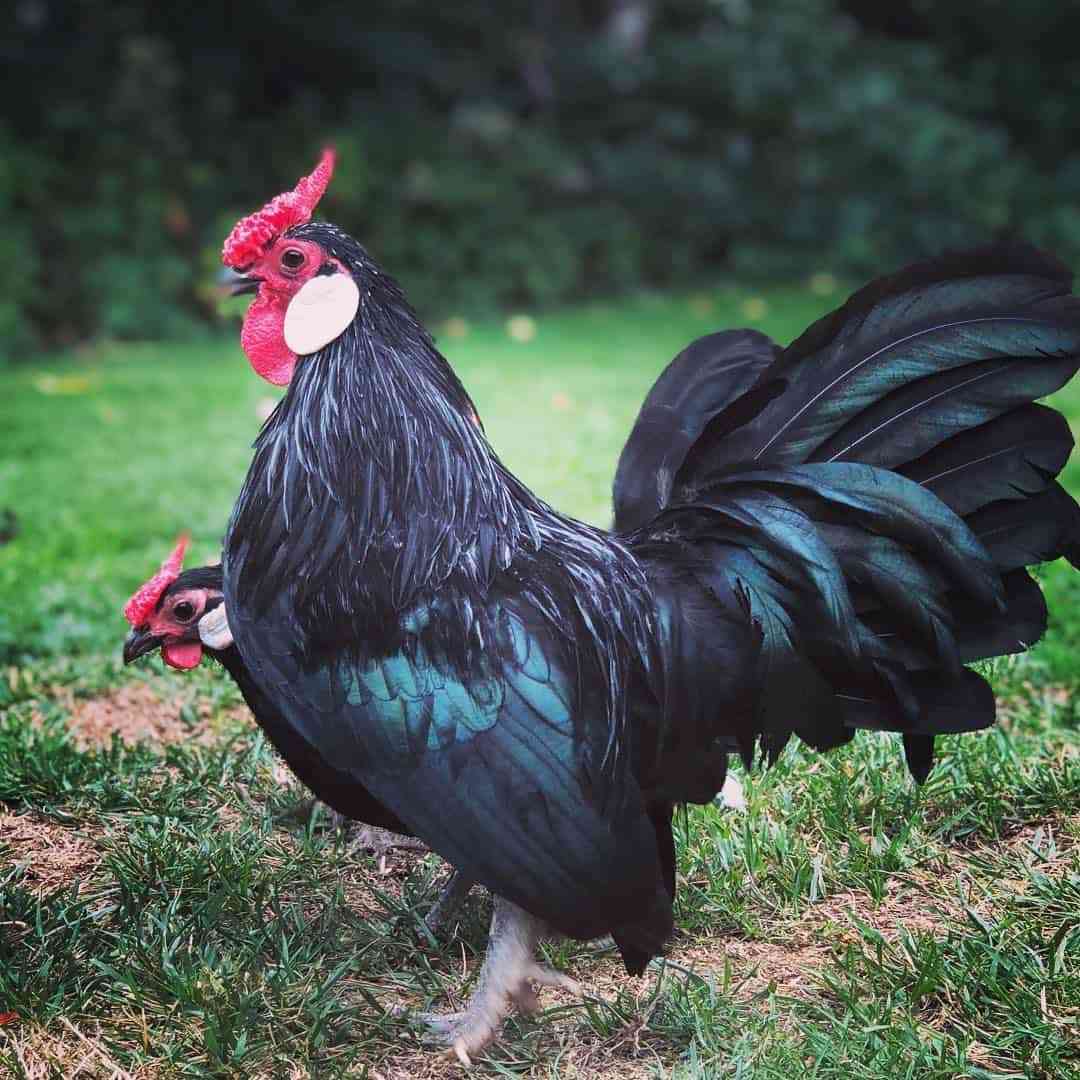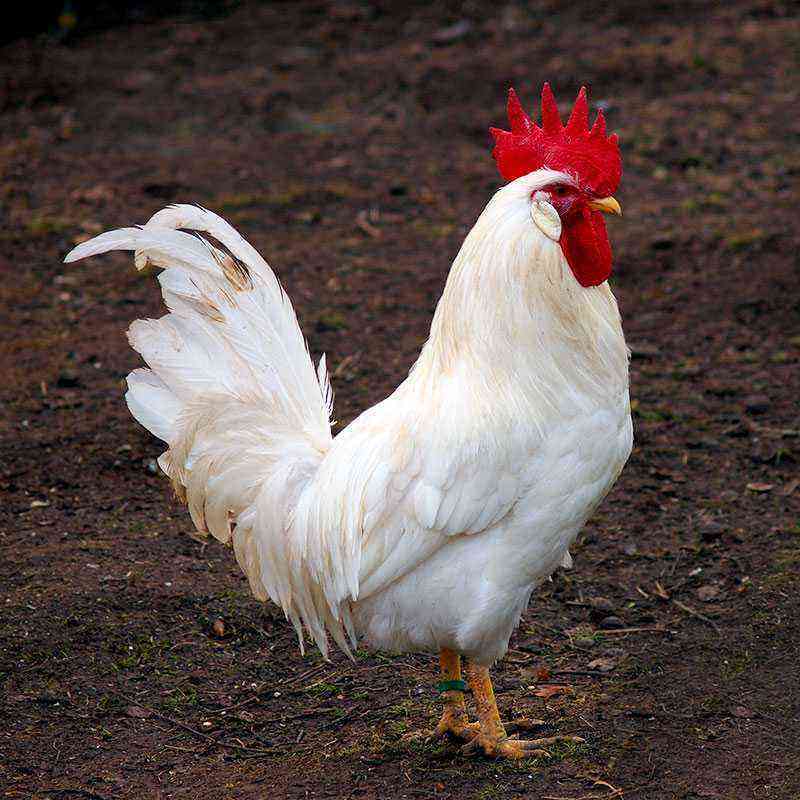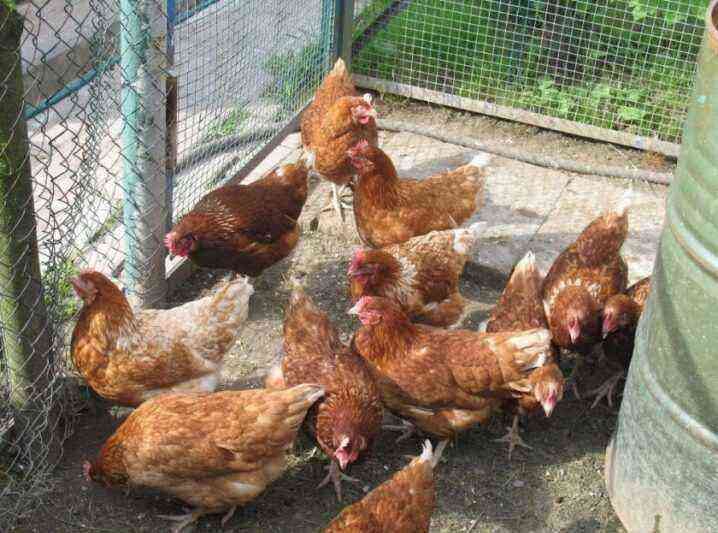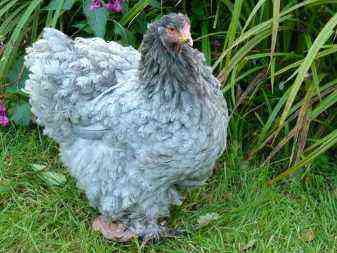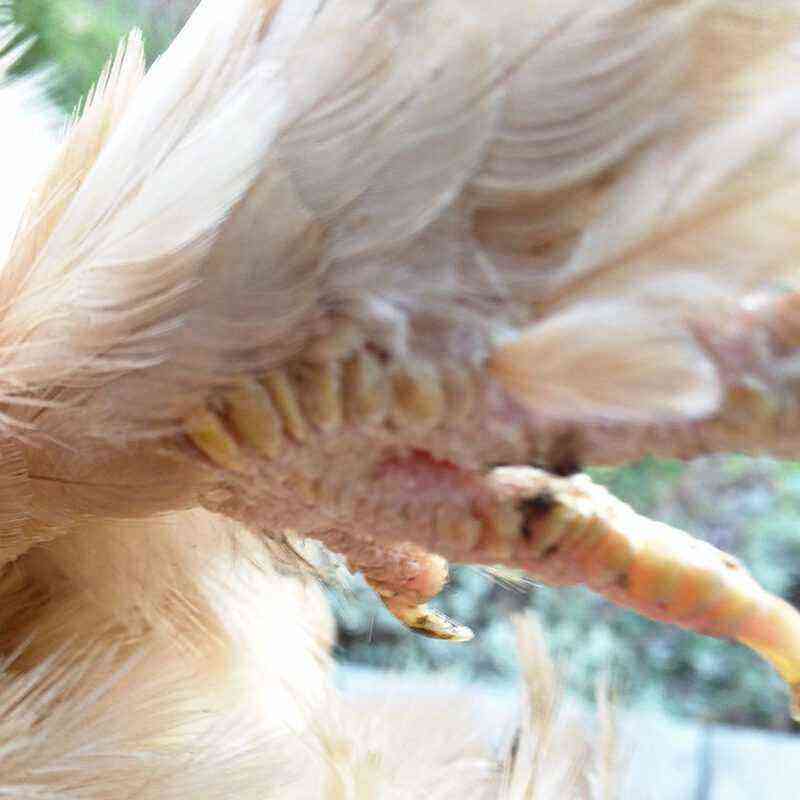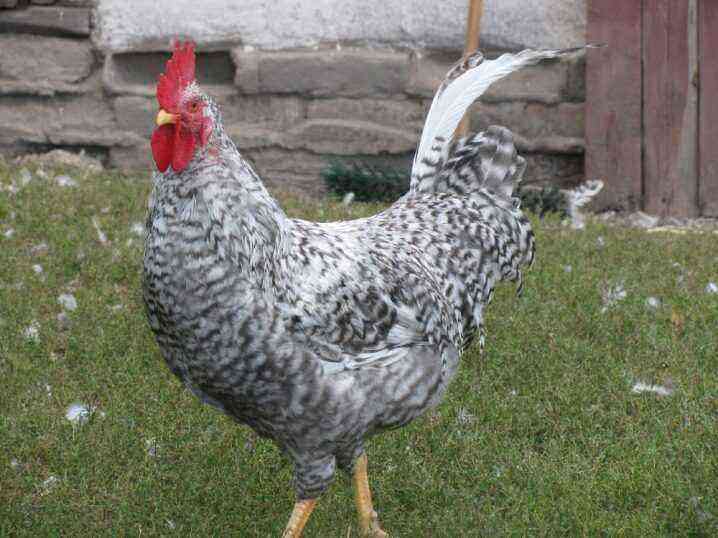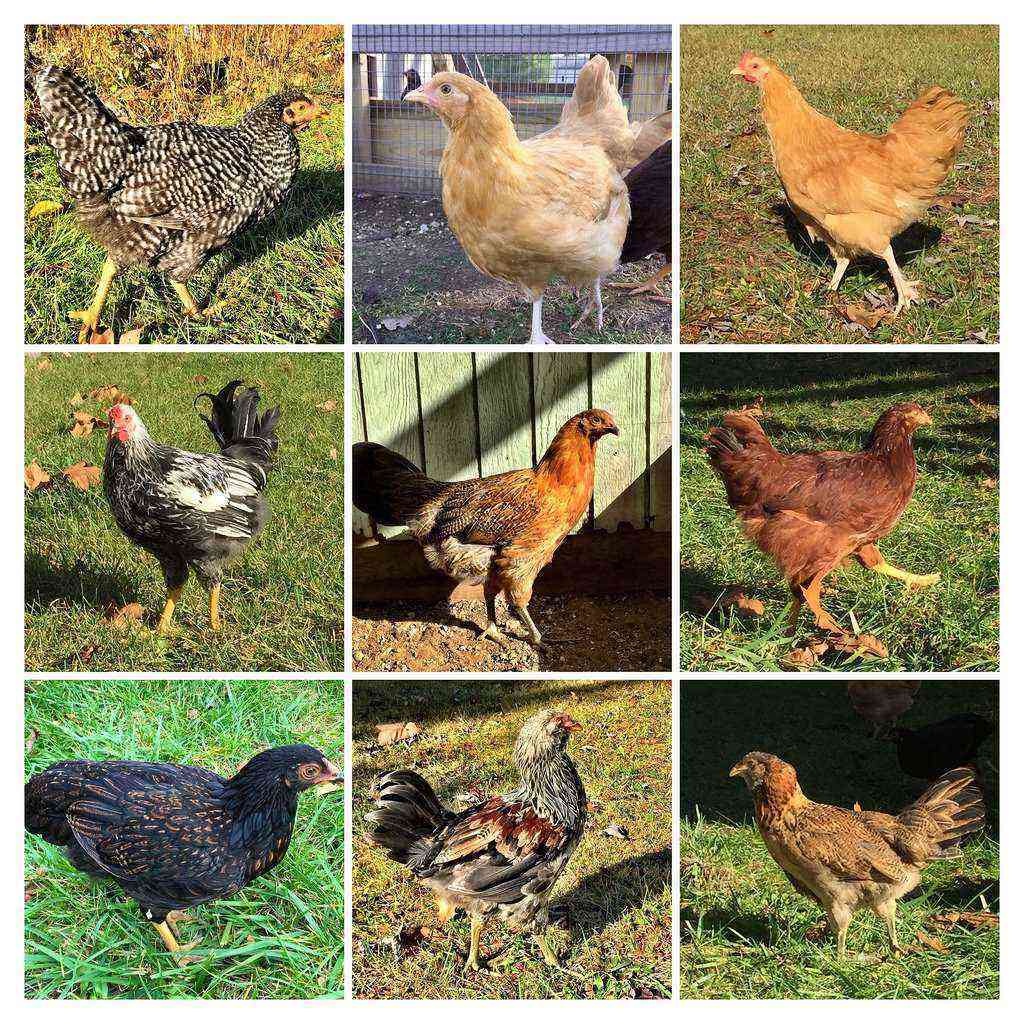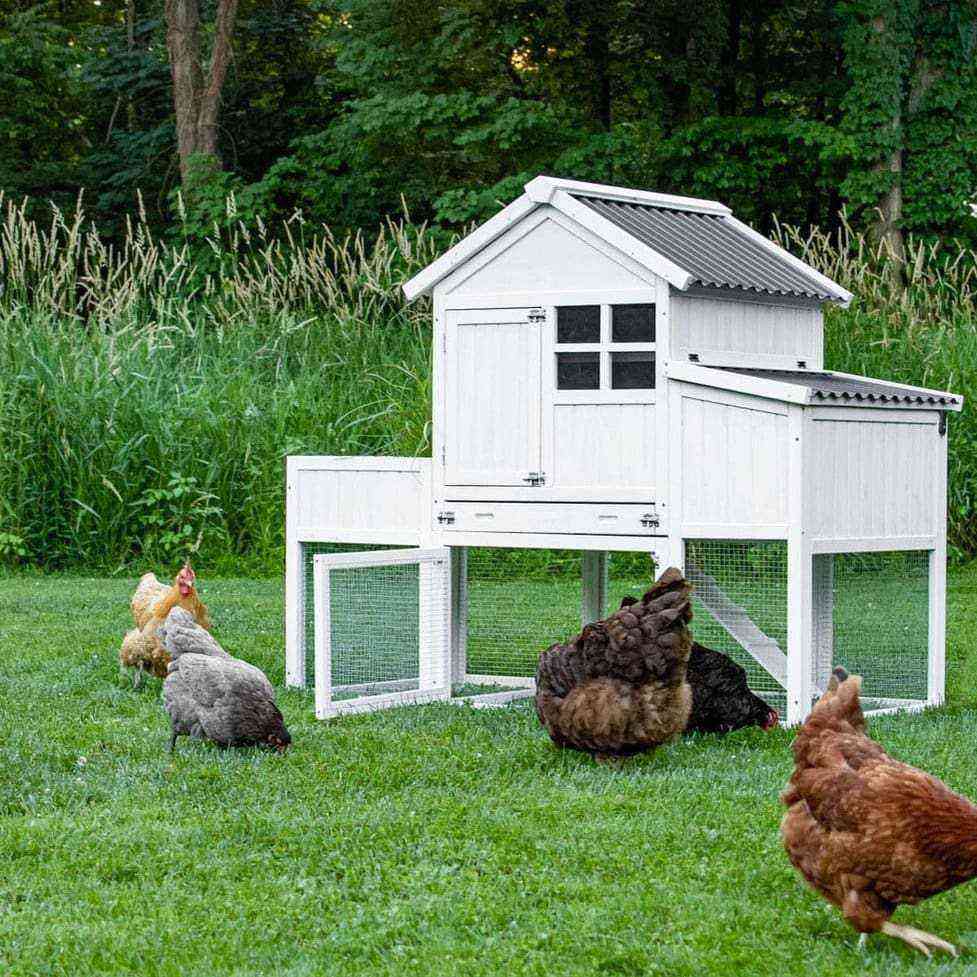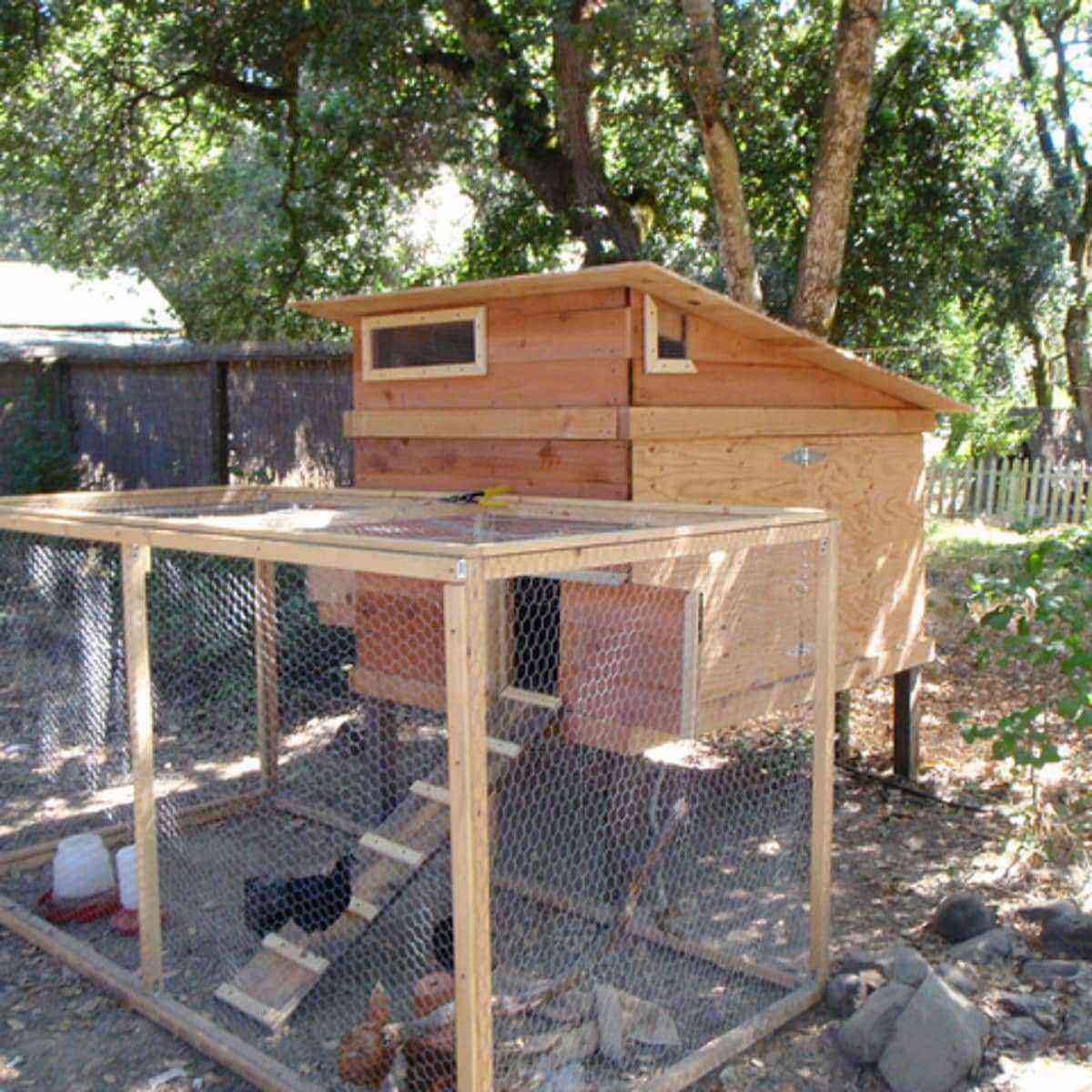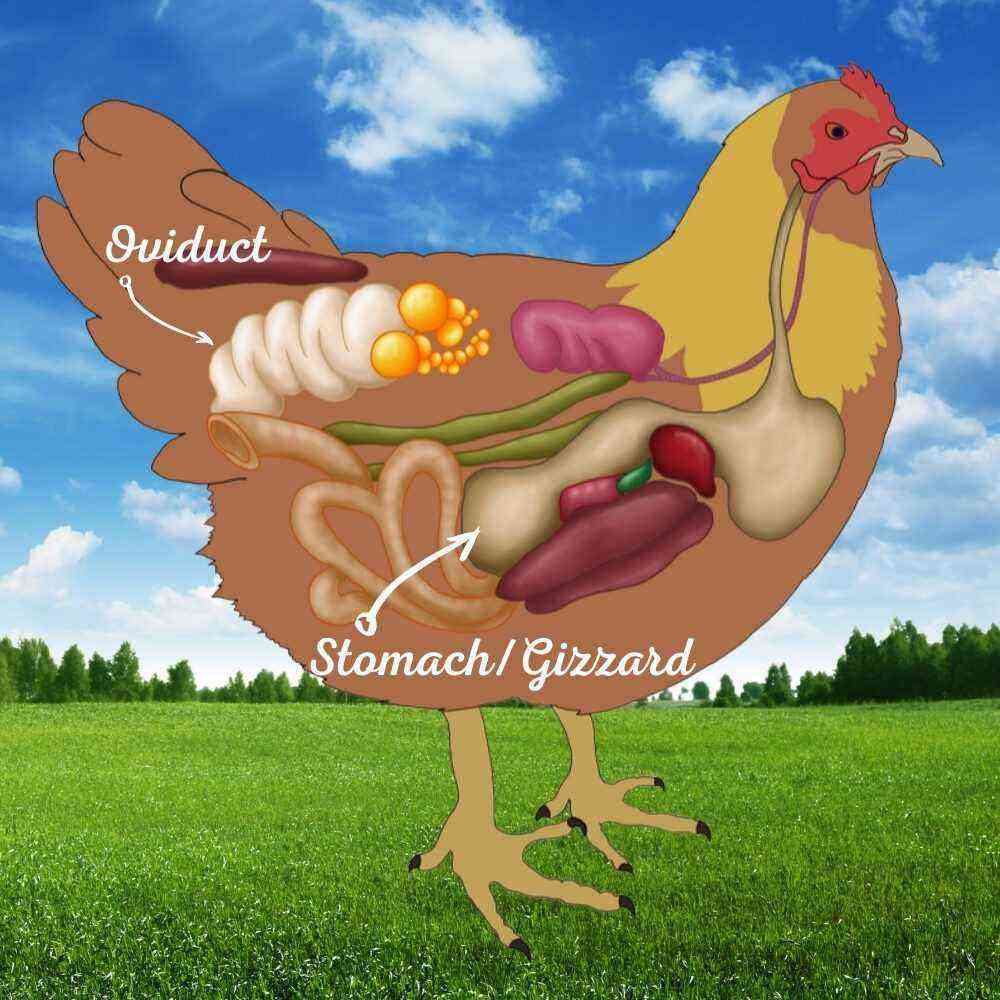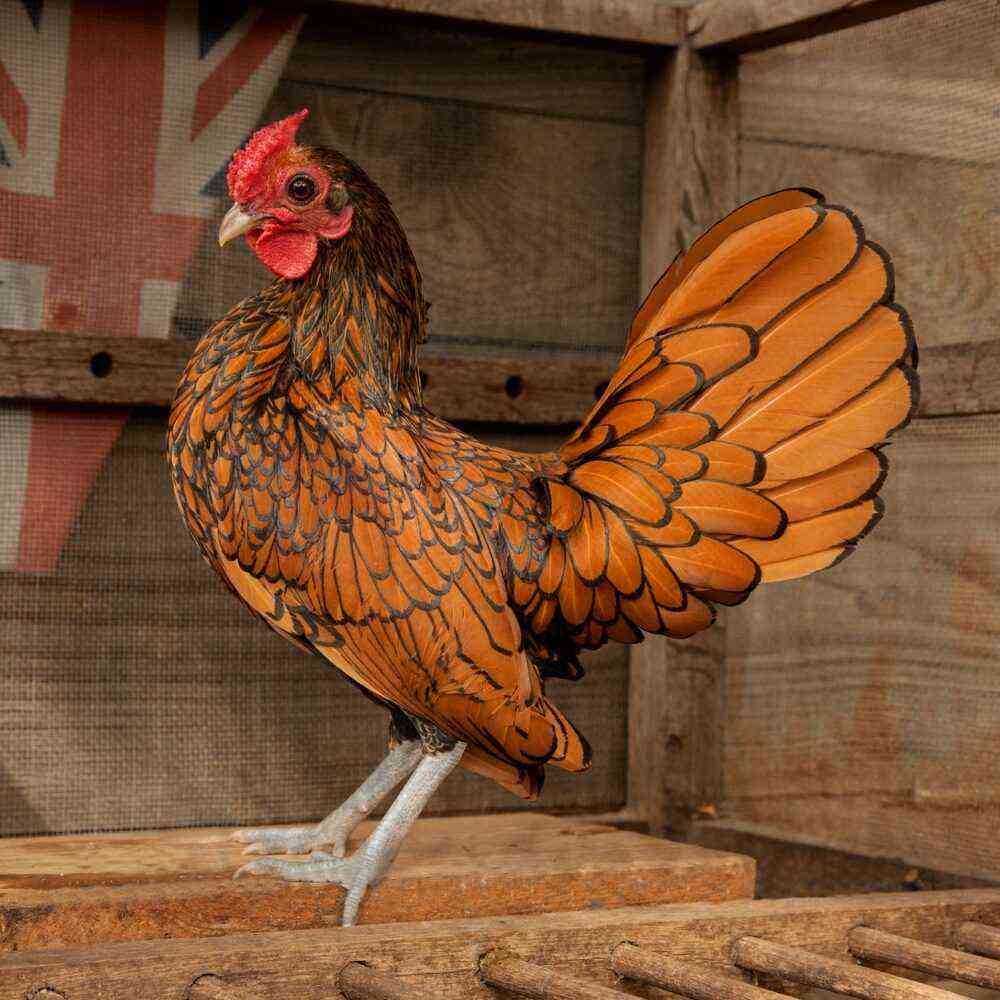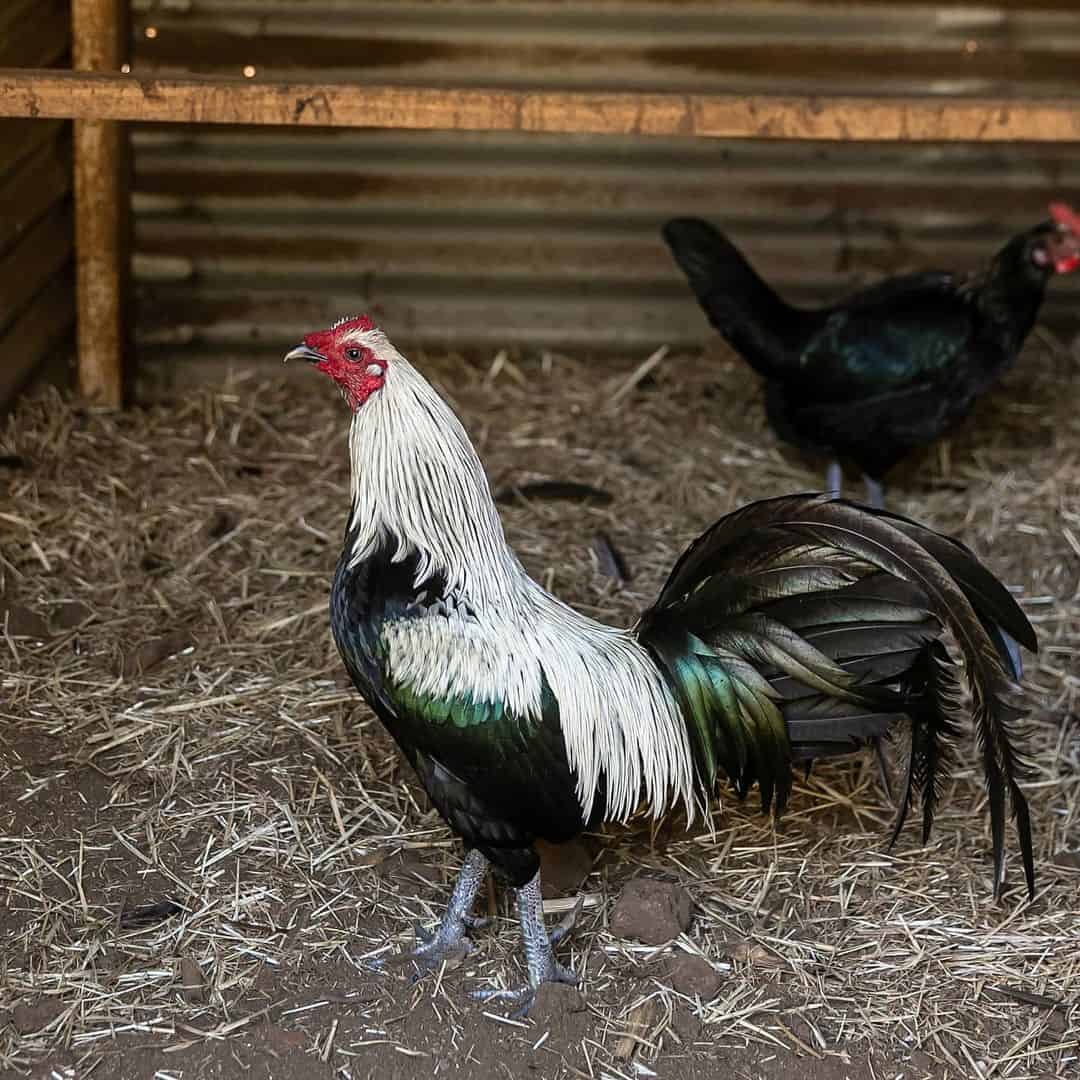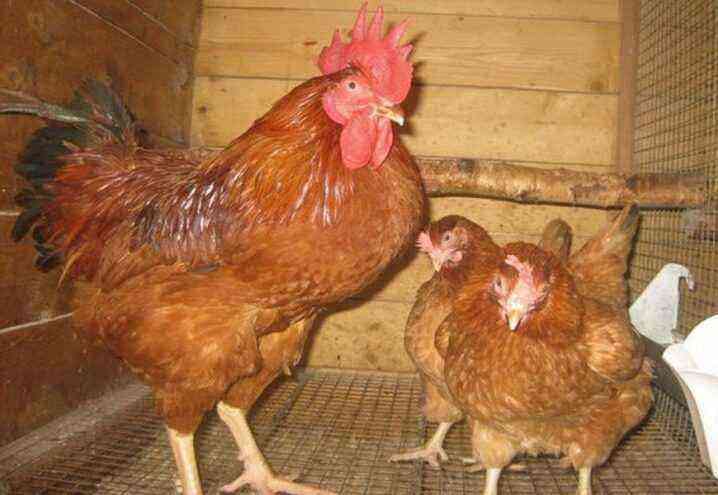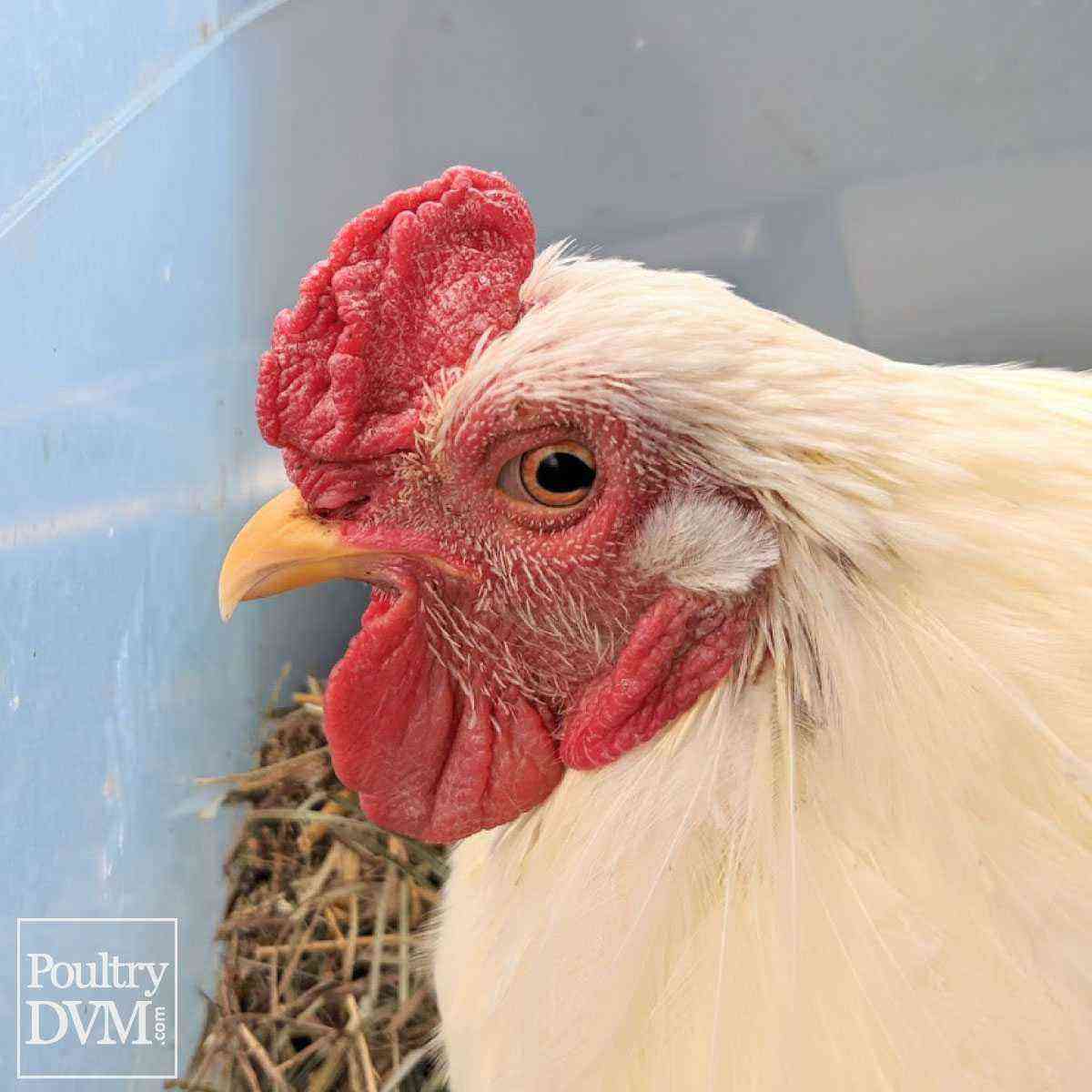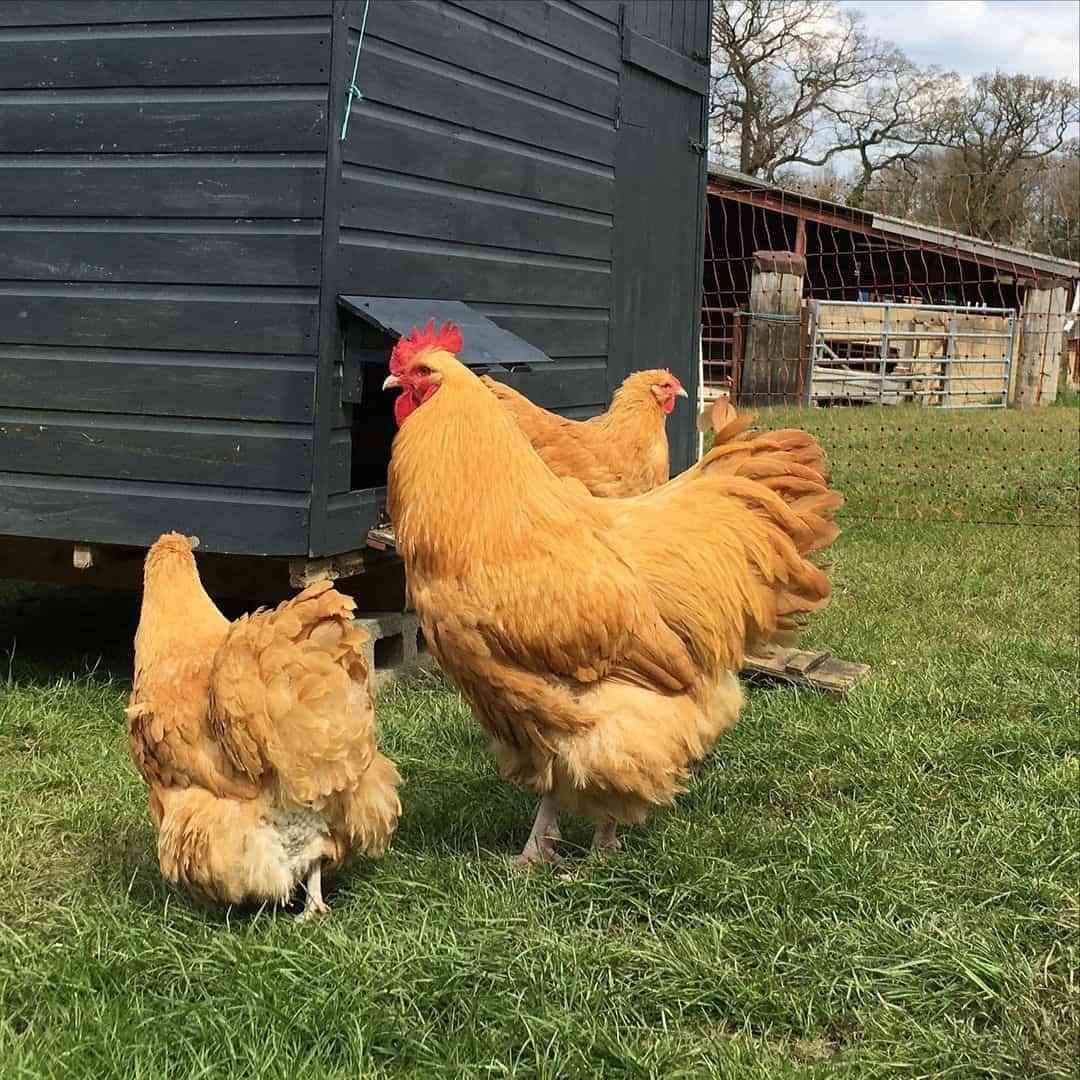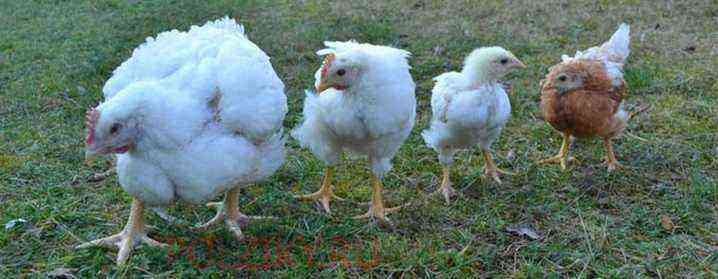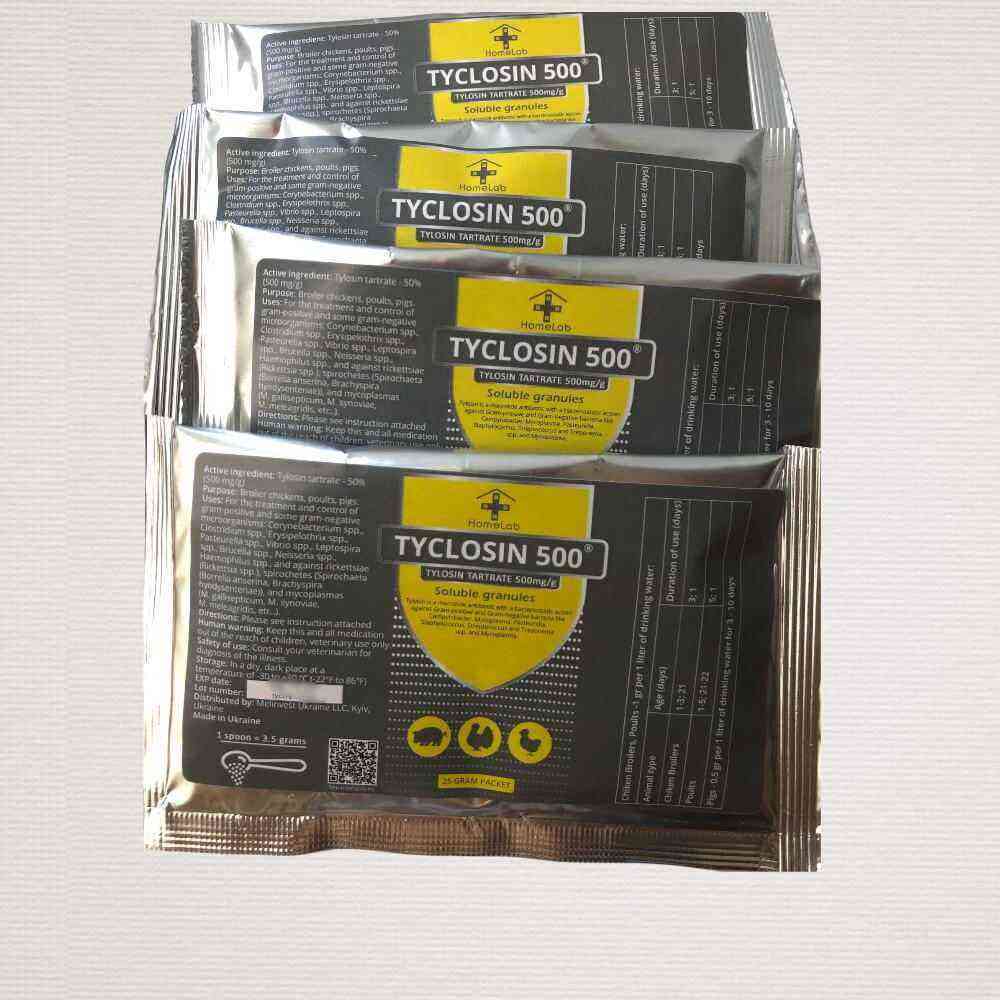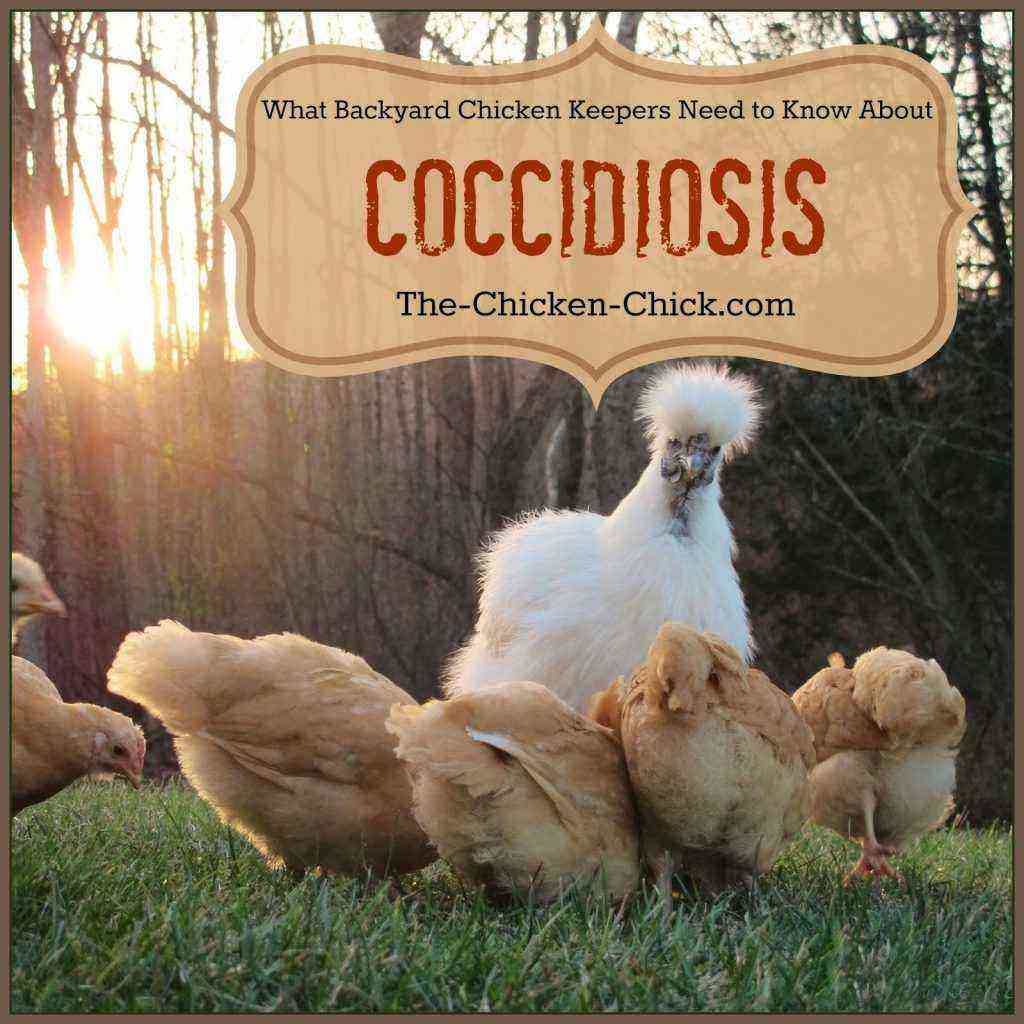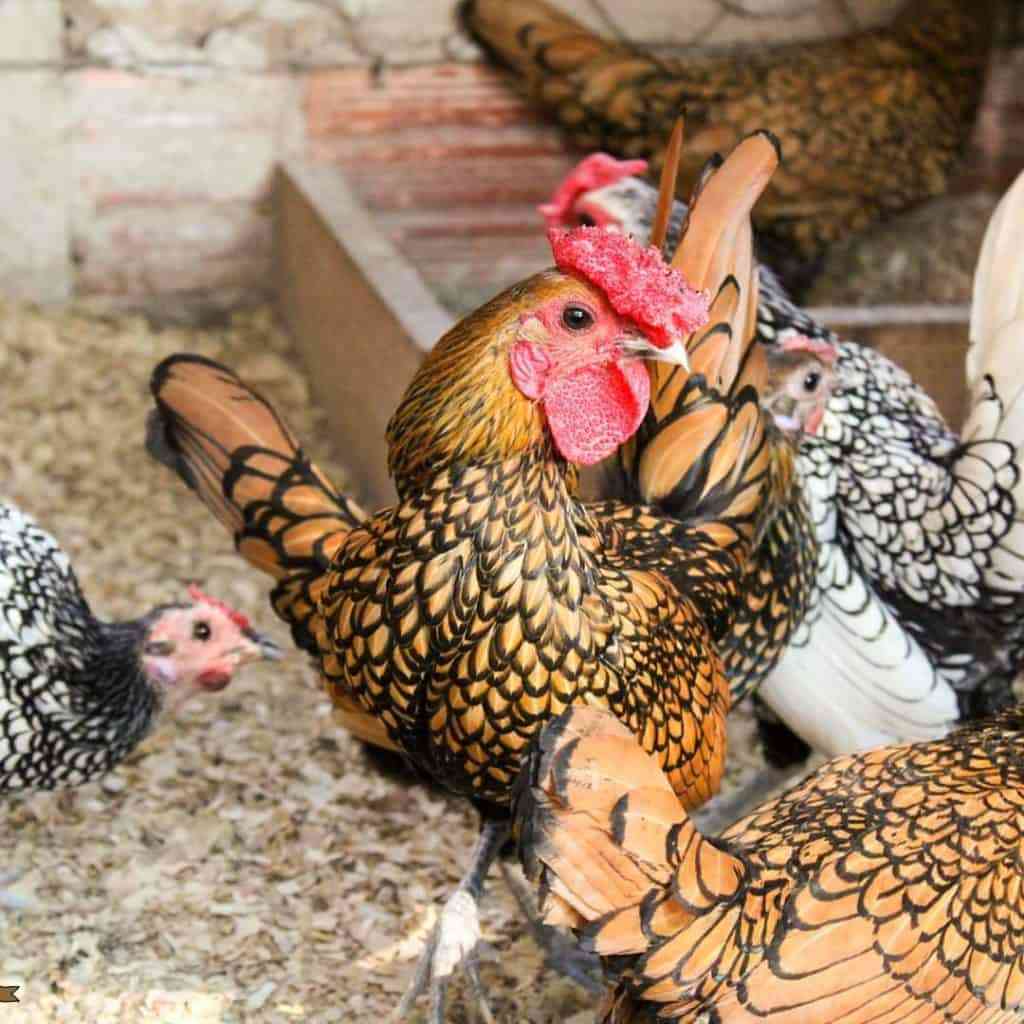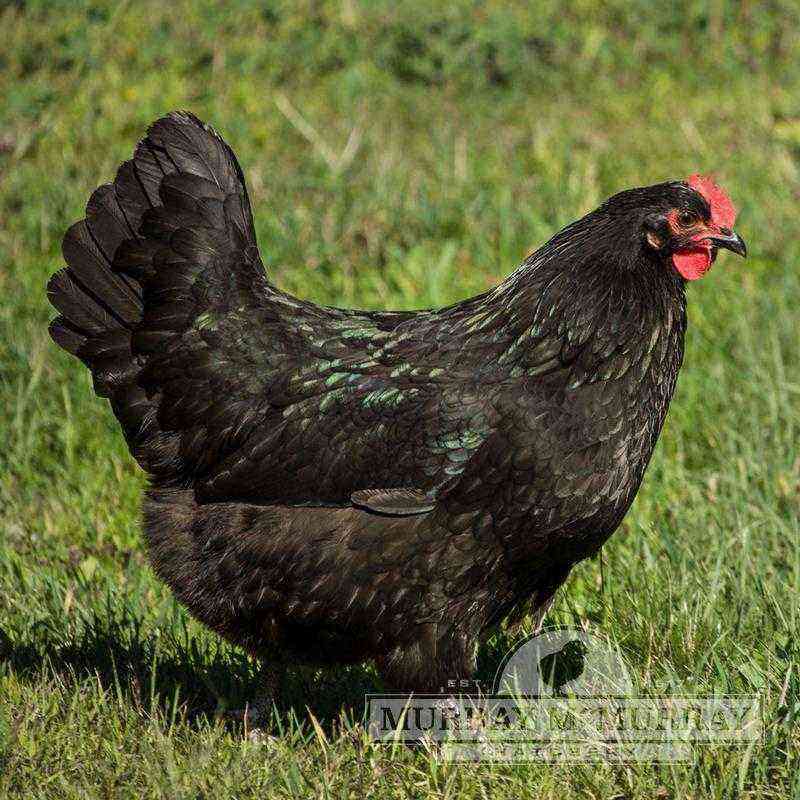Breeding chickens in a homestead means not only obtaining products from them in the form of eggs and meat, but also constantly monitoring their well-being and protecting feathered pets from various, including viral diseases, among the livestock. Neurolymphomatosis is very dangerous for poultry. It is a highly contagious tumor disease that negatively affects all the internal organs of chickens. This disease entails serious neoplastic disorders that develop in parenchymal organs.
Neurolymphomatosis mainly appears after an inflammatory process in the region of the peripheral nervous system suffered by feathered pets. Chickens of all ages and breeds are susceptible to infection.
The disease can develop in the body of a bird for quite a long time. The incubation period depends on several factors. First of all, the external conditions have a huge impact on the virus. The physiological state of the individual and its age also matter. So, breeds of chickens with high genetic potential are more likely to suffer from neurolymphomatosis, and in young feathered pets, the virus spreads and develops much faster.
The disease can have a classic or acute form. The classical course of the disease implies a subacute or chronic form. Birds in this case begin to limp, do not react to light, they have gray eyes and paralysis of the limbs. The death of sick chickens can occur within a month or drag on for quite a long time. Some individuals live with neurolymphomatosis for almost a year and a half.
The acute form of neurolymphomatosis proceeds in most cases much faster than the classical one, although sometimes there are exceptions and the disease manifests itself only after four to five months. The mortality rate reaches 46%. Infected birds reduce egg production, become emaciated, cannot hold their posture, and lose their appetite.
Neurolymphomatosis is quite difficult to treat, so experts recommend getting rid of such chickens by slaughtering them. This will prevent the spread of the disease and reduce the risk of its manifestation in other individuals. The exception is chicks, which you can try to save. For their treatment, it is necessary to use intramuscularly attenuated or natural pathogenic strains of herpes or a benign herpesvirus vaccine. They will allow the chickens to fight the virus.
As preventive measures to prevent the appearance of neurolymphomatosis in chickens, one can single out compliance with sanitary and hygienic standards, proper and complete feeding of the bird.
